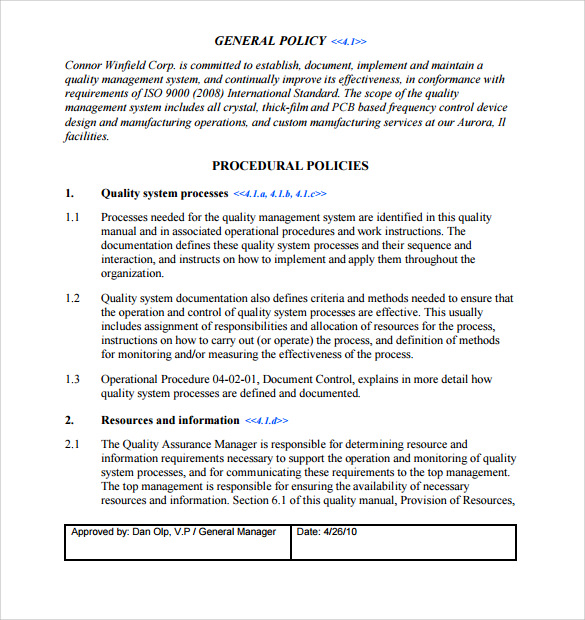
RGD binding sequences of GelMA allow cells to bind directly to the hydrogels made by GelMA and cells can enzymatically remodel and degrade the GelMA hydrogels. Gelatin (a natural polymer derived from controlled hydrolysis of the triple-helix structure of collagen into single strain molecules) and its modified products such as gelatin methacrylate (GelMA) retain the same bioactivity of collagen. 1,6–9 Among synthetic polymers, poly(ethylene glycol) (PEG) is very popular to make biological hydrogels due to its unique features such as non-immunogenicity, non-toxicity, favorability to oxygen and nutrient transport, mechanical strength, and it can fabricate hydrogels under cytocompatible conditions. 5,6 Interlacing the biological and synthetic macromolecules in the IPN structure resulted in BioSyn–IPN, which can exhibit higher water uptake, high strength, and bioactivity such as the native ECM. 4 Accordingly, the integration of synthetic and biological macromolecules can be a good way to design an ideal hydrogel for ECM engineering. Nonetheless, they have structural heterogeneity and suffer from mechanical weaknesses. In contrast, the biomacromolecules, especially those derived from native ECM, have bioactivity with excellent cell proliferation, migration, and differentiation. 2,3 Although the synthetic macromolecules are structurally homogenous, nontoxic, and amenable to mechanical tuning, they intrinsically lack biological activity with limited proliferation, migration, and organization of cells. A wide variety of synthetic and biological macromolecules have been developed for this kind of hydrogel, such as poly(vinyl alcohol), poly(ethylene glycol), alginate, chitosan, fibrin, gelatin, chondroitin sulfate, hyaluronic acid, and agarose. The dimensional stability, high water uptake, and optimal transport of nutrients and oxygen are favorable features of hydrogels for cell culture aspects. They should biomimic the native ECM attributes to achieve the precise biological microenvironment for a particular cell type culturing. 1 The engineered hydrogels for ECM replacement must be fabricated under cytocompatible conditions. The increased demand for replication of ECM has led to developing physically or chemically crosslinked hydrogels as popular scaffold platforms for 3D cell culturing. The interpenetrated network (IPN) structure of native ECM consists of crosslinked proteins interlocked with biomacromolecules. The hierarchical network architecture of native ECM provides mechanical support and a biological interactive microenvironment for cellular and organ fusion. The emerging engineering field of biomimetic extracellular matrices (ECM) is crucial in regenerative medicine and tissue engineering. These results show that this strategy suggests promising culture for tissue engineering applications. The cell culture assay proved that the scaffold with a pore size of 60–180 μm and containing 51.2 wt% GelMA, 10.3 wt% PEG, and PCL 27.2 wt% provided a suitable microenvironment for mouse fibroblast cell (L929) adhesion, growth, and spreading. Then, PCL in different contents was infiltrated into the scaffold to balance hydrophilicity and hydrophobicity. Hence, the following formulation was selected for scaffold preparation: φ oil = 74%, pH = 12, GeMA = 4 wt%, and GelMA/PEGDAC = 10/8.

These trends lie in the prevented coalescence phenomenon caused by the improved viscosity and likely partially formed network by GelMA chains in the continuous phase. Moreover, the stability and emulsion droplet size were enhanced and increased, respectively, with GelMA content increasing and GelMA/PEGDAC weight ratio decreasing. These GelMA nanoparticles were able to produce stable emulsions with narrowly distributed small emulsion droplets. Due to the isoelectric point of GelMA at around pH 6, the GelMA particle (aggregation) size decreased at both sides of pH from 1000 to 100–140 nm because of the increased number of positive and negative charges on GelMA. The effect of the main contributing parameters such as pH, GelMA content, and GelMA/PEGDAC weight ratio on the emulsion features was investigated systematically. The scaffolds are prepared by (I) the curing of PEG diacrylate (PEGDAC) and gelatin methacrylate (GelMA) in the continuous aquatic phase of a coconut oil-in-water emulsion stabilized by GelMA nanoparticles, and (II) the removal of the internal phase. Herein, open-cellular macroporous 3D scaffolds with a semi-interpenetrating network were fabricated through high internal phase emulsion templating. The interlacing of biopolymers and synthetic polymers is a promising strategy to fabricate hydrogel-based tissue scaffolds to biomimic a natural extracellular matrix for cell growth.


 0 kommentar(er)
0 kommentar(er)
